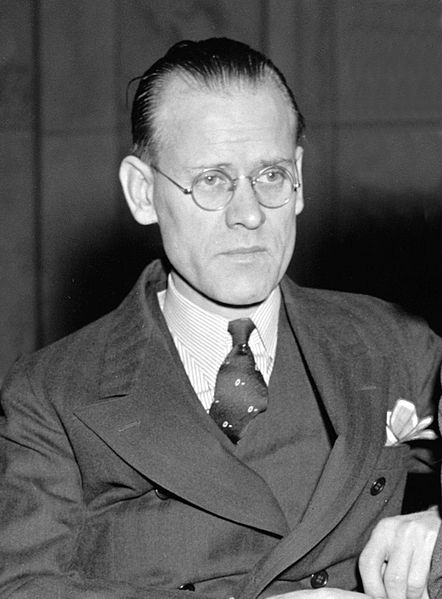*Image Credit: Wikimedia Commons Among the many figures who managed to bring television into homes on a wide scale, none could be placed higher than American inventor Philo Farnsworth. Brilliant with electricity and physics, Farnsworth would go on to hold 300 patents all over the world, but those for the image dissector — the world’s first all-electronic TV — did more to change the trajectory of the way people consume news and entertainment than any other. On September 7, 1927, the 21-year-old Farnsworth tested a working version of his invention for the first time at his laboratory in San Francisco. Growing up on a farm in Utah, Farnsworth had been a curious child from the start. At the age of 12, on the family farm in Idaho, he found himself enamored with the electric generator providing light to the small farmhouse when not running farming equipment during the day. Bewitched by the mechanical process of generating electricity, he started working on the machine during breakdowns or repairing other devices he happened upon. (In his early teens, he turned his mother’s hand-powered washing machine into a motor-driven one.) As a freshman at Rigby High School, Farnsworth took to the sciences with tenacity. One afternoon, he approached his physics teacher for advice about a means to create an image electronically, writing out complex reasons for why the technology should be possible. Encouraged to continue, Farnsworth maintained an interest in developing the idea even as he worked for the railroad and eventually attempted to enter the United States Naval Academy in 1924 after a stint at Brigham Young University the year before. Unwilling to give the patents on his inventions to the military, he received a discharge and moved to Salt Lake City, Utah to start a radio repair business with his friend. After a brief but unsuccessful run as an entrepreneur, Farnsworth managed to connect with Leslie Gorrell and George Everson, wealthy investors willing to set up a lab for him in Los Angeles to test his ideas further. Sensing the size of the opportunity before him, Farnsworth married his sweetheart and boarded a train to the City of Angels to see his concept come to life. Within months, on his benefactors’ advice, he scheduled an appointment with a prominent patent attorney to determine whether his designs constituted a breakthrough — the lawyer agreed that they did. The central focus of the design — the elimination of mechanical parts moving in a particular pattern in order to produce the image — led Farnsworth to believe his all-electric machine could produce higher quality images for transmission. Calling his invention an “image dissector,” Farnsworth produced a single line across the screen on September 7, 1927. Continuing to work at his lab in San Francisco for another year, he presented a refined version of the device to the press on September 3, 1928 — a dollar sign nodding to his investors’ desire to see some profit from his work. Farnsworth would go on to fight off a patent challenge from RCA (who had once attempted to buy his designs and hire him) in 1934, very near a time when he would sell the technology to a German company looking to broadcast the 1936 Olympic Games in Berlin. With wealth eluding him as other companies took advantage of the technology he had helped to advance, Farnsworth reportedly didn’t see the good in his invention until watching Neil Armstrong walk on the moon in July 1969. According to his wife, he turned to her and said, “Pem, this has made it all worthwhile.”
September 7, 1927 CE – Philo Farnsworth Creates the First Television Image
*Image Credit: Wikimedia Commons Among the many figures who managed to bring television into homes on a wide scale, none could be placed higher than American inventor Philo Farnsworth. Brilliant…
327
